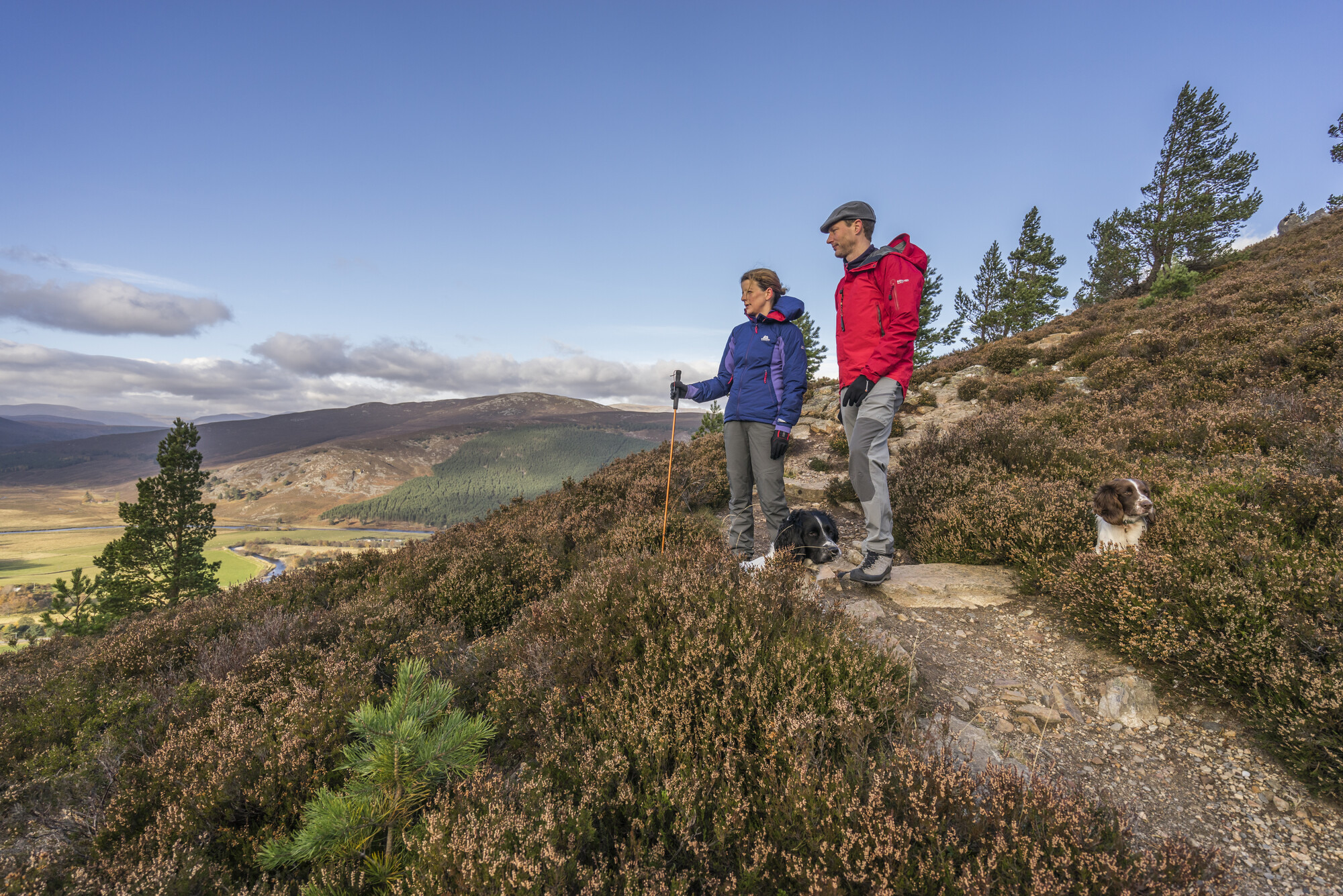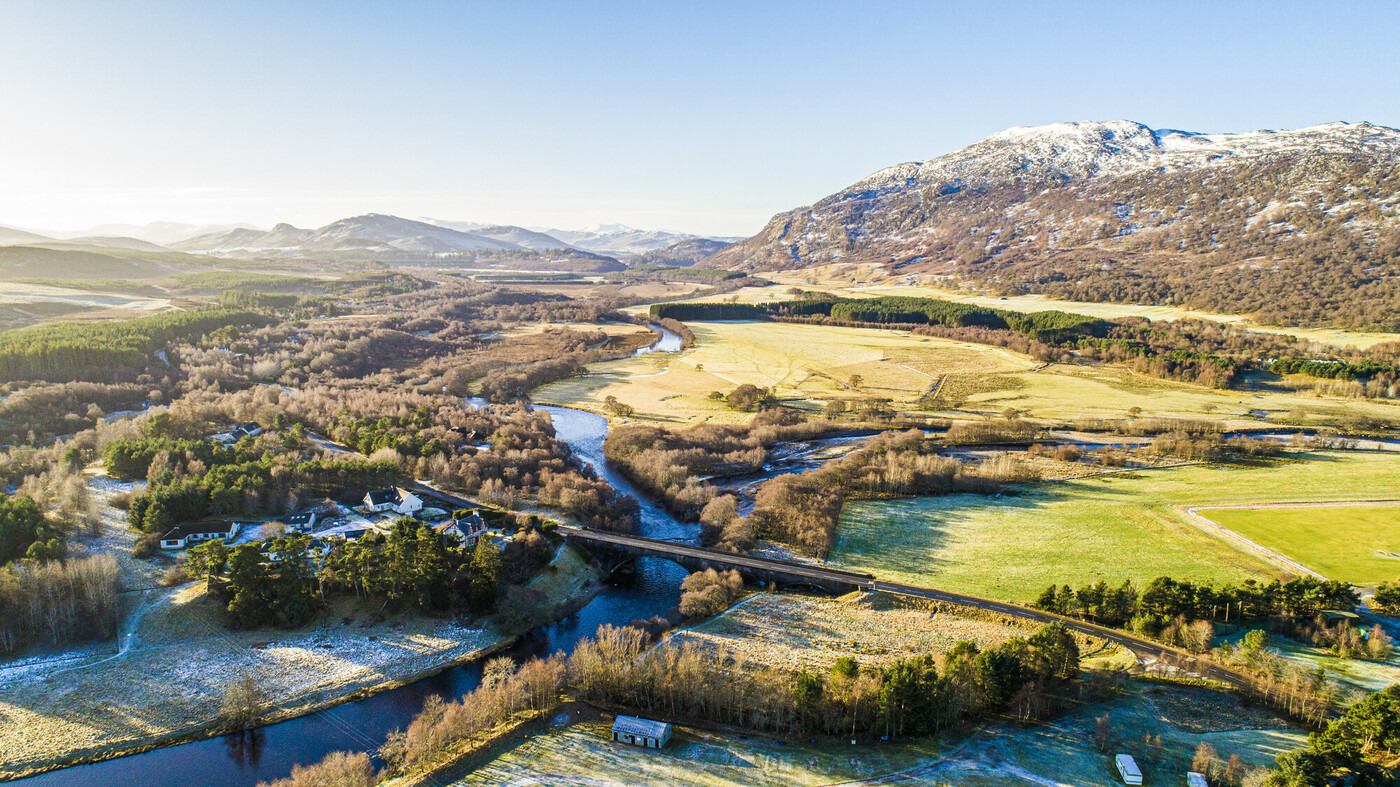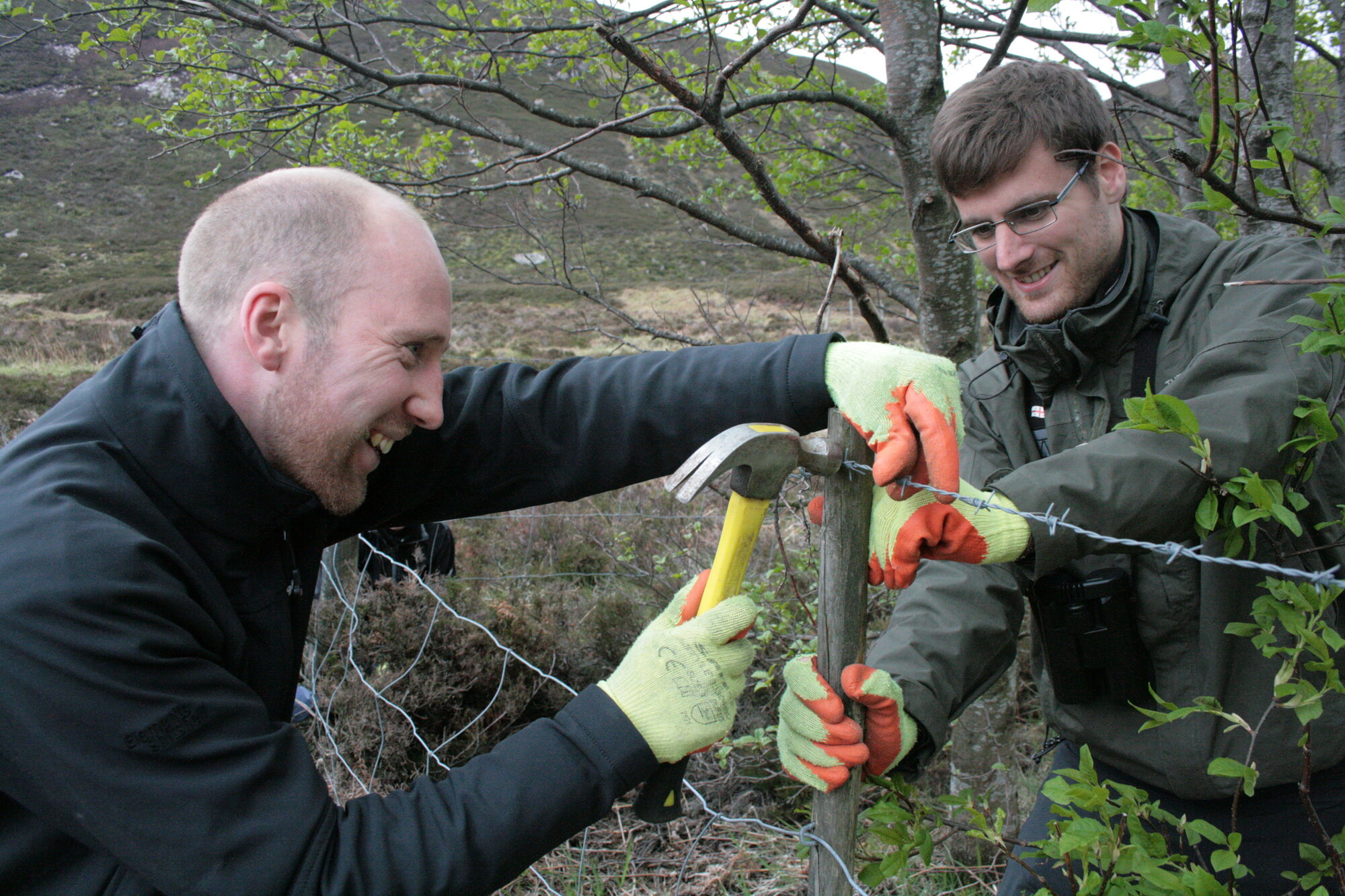Tourism strategy consultation response
Cairngorms National Park Authority Ùghdarras Pàirc Nàiseanta a’ Mhonaidh Ruaidh
Page 1 of 3
Consultation Response: Highland Council Sustainable Tourism Strategy
Q1: What is your relationship to Highland? The Cairngorms National Park Authority is an NDPB with responsibility for the UK’s largest National Park. Roughly one third of the National Park’s land falls within the Highland Council area and it is home to the majority of the Park’s population, visitors and tourism businesses.
The Park Authority acts as the Planning Authority and Outdoor Access Authority for the National Park. We also publish a 5‑yearly National Park Partnership Plan (NPPP) for the Cairngorms National Park, along with supporting action plans including a Sustainable Tourism Action Plan.
The NPPP is an overarching plan for the Cairngorms as a place, not the Park Authority as an organisation. As a public-sector partner, Highland Council have a statutory obligation to have due regard to the NPPP and are involved in delivery, particularly around the following NPPP priorities:
C5. Visitors to the National Park. Objective: Work to stabilise visitor numbers in the peak season, focusing growth on quieter months and on those areas that have the infrastructure and capacity to accommodate additional visitors.
C6. A Sustainable Destination. Objective: Secure the National Park’s reputation as an international exemplar in sustainable tourism and the management of protected areas.
C8. Accessible Path & Cycle Network Objective: Improve path, cycle and outdoor access networks to give outstanding opportunities to experience the natural and cultural heritage of the National Park to the widest range of people, while minimising disturbance to vulnerable species, habitats and sites.
Cairngorms National Park Authority Ughdarras Pàirc Nàiseanta a’ Mhonaidh Ruaidh
Page 2 of 3
C9. High-Quality Visitor Experience. Objective: Welcome visitors and provide a high-quality experience while managing their impacts through providing better infrastructure and high- quality ranger services.
Q2. Do you feel that the Council has missed any strategic factors that impact the tourism industry? While referred to briefly elsewhere in the document, we consider that the challenges of managing visitor pressures at countryside sites should be included as in the ‘Strategic Context’ section as a point in the ‘strong headwinds’ section.
Issues such as inappropriate campervan parking, roadside camping and fires not only affect local communities and the environment but can also have a negative effect on visitor experience and enjoyment.
Q3. Do you agree with the Council’s vision for the next 10 years? The vision is suitably ambitious, but this section could be bolder in terms of partnership work, aiming to unite industry, public sector partners, destination organisations and other stakeholders around a wider vision and strategy for the Highlands as a destination. Our National Park Partnership Plan could be a good model for this way of working.
Q4. Do you agree with the Council’s strategic priorities? These priorities feel somewhat generic. It may be better to lay out clearer objectives and perhaps targets for each of the three priority areas highlighted. This would also allow more meaningful monitoring of delivery.
Q5. Do you agree with the Council’s list of activities and their priority order? While it is useful to include wider economic context and acknowledge the wide range of related work carried out by the council, this section would benefit from a further degree of prioritisation to focus the strategy on those actions that can
Cairngorms National Park Authority Ùghdarras Pàirc Nàiseanta a’ Mhonaidh Ruaidh
Page 3 of 3
directly support a sustainable visitor economy. We also consider that the wording of some priorities could make clearer how these may be delivered in practice, although we realise that a delivery plan will be developed as the next stage of the process.
Q6. Do you agree with the approach to delivering the strategy? We welcome the acknowledgement that partnership working will be important, both at a Highland and local level, but would prefer to see this more clearly embedded in the strategy. For example, it may be helpful in developing the Delivery Plan, to also include details of partner contributions to delivery alongside the work of the council.
A second workshop for industry and key partners around the detail of the delivery plan would also help to build and retain wider buy-in to the work.
No mention has been made of monitoring the successful delivery of the strategy. We would suggest setting out clearer objectives and targets, along with key indicators and data sources for monitoring.
We note that the vision and priorities should provide strategic direction for the next 10 years, but the wider strategic context is likely to change over that period. It would be useful to consider how the strategy may be revised, updated and amended as necessary over that period. While a 10-year plan is useful for infrastructure investment, other elements of the visitor economy may require a flexible approach
Monday 24th June 2024




